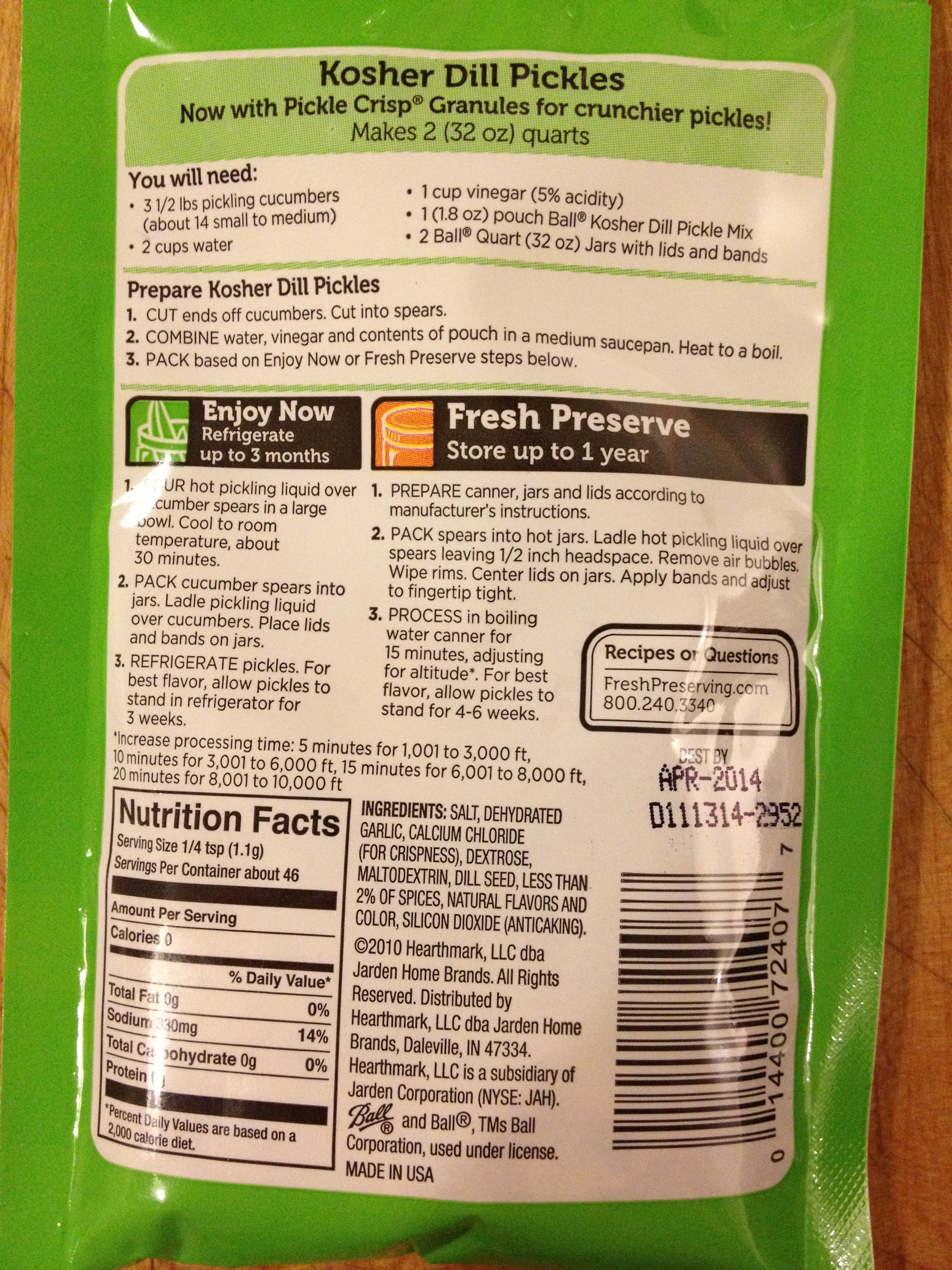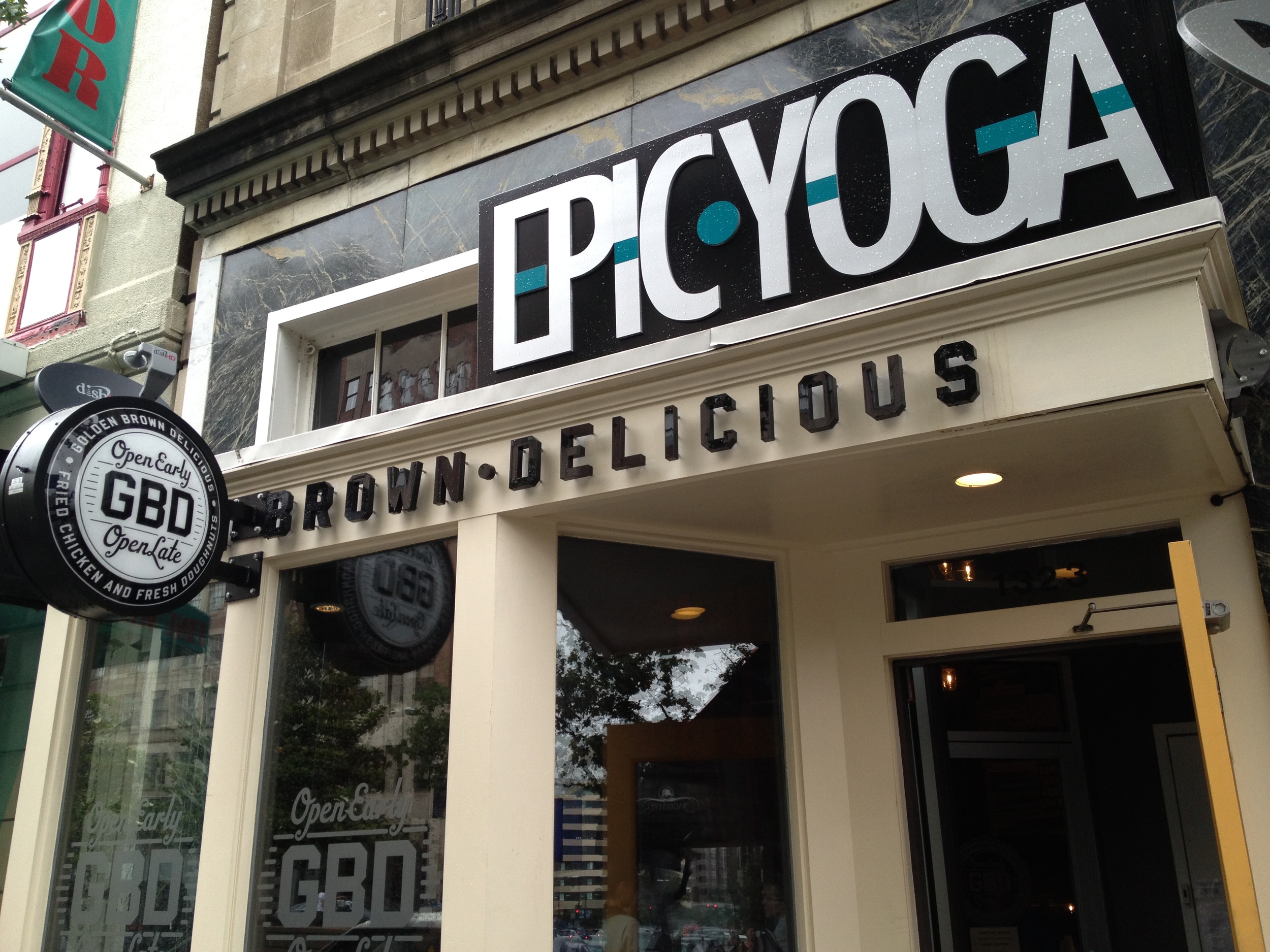Walking down Connecticut Ave. on the way to my first DC Jewish deli brunch (YEAH!), I passed a retail setup that made me smile a silly smile. Here we have downstairs a restaurant that sells homemade donuts and fried chicken and encourages their consumption together....and then we have upstairs a yoga studio. They sit one atop the other, almost diametrically opposed to the idea of moderation. Well, I should say, the restaurant sits ready to undo any notion of moderation achieved on the mat upstairs.
While noticing these two very different manifestations of American small business, my kneejerk reaction is to judge the upstairs as superior, and feel that "I know better" than the downstairs. But then I'm struck by how healthy indulgence can be, especially when juxtaposed with the discipline of a good yoga practice.
I recognize a certain brand of health in indulging (in this case, on donuts and fried chicken) vs. the health of yogic ascetism . It's all about mindfulness and awareness. The key is to be able to indulge in moderation--that's what gets lots of us. We have to notice we're indulging and enjoy the flavors of the glaze and crispy skin, but then notice not doing it all the time :-)
In yoga we learn about five Niyamas, which are universal rules of conduct that lay the ethical groundwork for yogis. Among the five is Sauca, which stands for cleanliness, purity of body and moderation in diet. In his famous book Light on Yoga, B.K.S. Iyengar teaches a yoga where
"Food should be taken to promote health, strength, energy and life. It should be simple, nourishing, juicy and soothing. Avoid foods which are sour, bitter, salty, pungent, burning, stale, tasteless, heavy and unclean....Character is moulded by the type of food we take and by how we eat it. Men are the only creatures that eat when not hungry and generally live to eat rather than eat to live. If we eat for flavours of the tongue, we over-eat and so suffer from digestive disorders which throw our system out of gear. The yogi believes in harmony, so he eats for the sake of sustenance only." (37)
Well, by this definition, I think we're all screwed! I often choose foods because they're sour, bitter, salty, or pungent. HELLO kimchi, blue cheese and anchovies!
So how does a 20th century foodie reconcile this? I do think that in recent years I've naturally gravitated more towards simpler foods like braised cabbage, soft scrambled eggs, or yogurt with walnuts. But this particular Niyama reminds me of the need to apply the ancient teachings in a way that makes sense for our individual modern lives. Times have changed and I can say that many of the sour, bitter, and pungent foods I like to eat feel very healthy for my body, and eating them doesn't get in the way of my feeling pure, clean and moderate.
Furthermore, Desikachar in his book Heart of Yoga asserts that the yoga tradition looks down on leftovers, and that it's not good for the body to eat day old food. Sorry but this just cannot fly in our modern society, with so many people going hungry and horrifying statistics out there about how much uneaten food we throw out. If a goal of the yamas and niyamas is to employ the practice of discipline as an access to the divine truth in ourselves, I feel empowered to navigate these kind of choices and decide which make me feel, to quote my teacher Janet Stone, that I'm "shoring up my container".
















